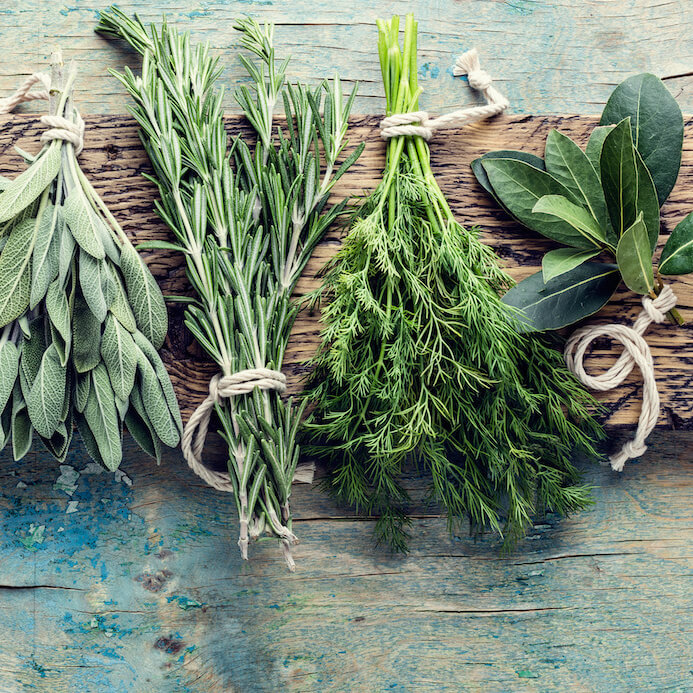Organic Insider
Better Choices
Study: Organic Grains Offer Superior Nutrition than Conventional or “Natural”
True, organic is slightly more expensive. This is primarily because it is not subsidized by the government in the same way that conventional food is.
But what rarely gets mentioned is that organic also offers superior nutrition.
In two research reports recently completed by The Organic Center, which examined the nutritional differences of organically farmed grains compared to “natural” and conventional varieties, the authors concluded that commercially produced organic breads are more nutrient-rich, contain more whole food ingredients and have fewer preservatives and additives than conventional breads.
Additionally, organically grown wheat can contain a higher nutrient content than wheat grown using conventional farming practices.
Some of the specific findings from the two reports include:
• 63% of organic bread ingredients were found to be significant sources of important nutrients, while only 27% of conventional bread ingredients were nutritionally beneficial.
• On average, organic breads examined contained 49% whole food ingredients vs. 24% in “natural” breads and only 12 percent in conventional breads.
• Preservatives and additives made up 27% of ingredients in the conventional breads versus only 10% in the “natural” and 7% in the organic breads.
• With fewer inputs and not having to use synthetic fertilizers and pesticides, organic crops must rely on their own natural defenses, which can help increase their antioxidant content.
• Organic farming can also encourage more robust roots, allowing for the extraction of nutrients deeper in the soil. The presence of mycorrhizal fungi in organic soil can help increase the uptake of nutrients as well.
• On average, 75% of nutrients are lost when a grain is refined and hulled, making refined bread options like conventional white bread far less superior in nutritional content.
MY TAKE
In this country, a false expectation has been created that food is supposed to be cheap, and as a result, many people are reluctant to pay extra for organic.
Therefore, it is up to each one of us to re-frame the conversation when it comes to the cost of organic.
We must inform people that spending slightly more for organic means that they are getting a product that also has more nutritional value.
As The Organic Center has correctly pointed out in its studies, organic wheat is just not the same as conventional wheat. This is the important message that needs to be shared.
To read both reports from The Organic Center – Daily Bread and With The Grain – click HERE.
—–
Want to know my 5 Top Inexpensive Ways To Shop Organic?
